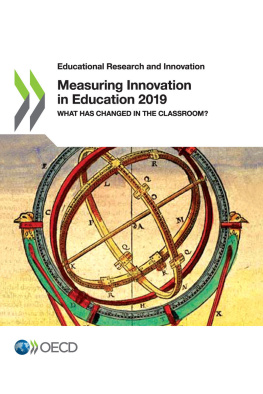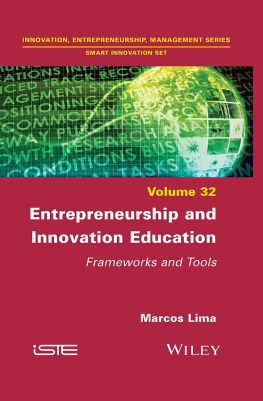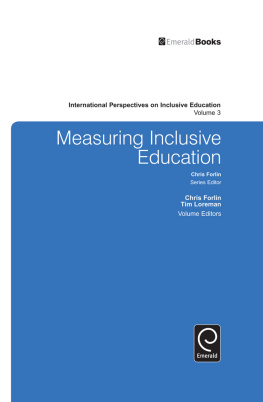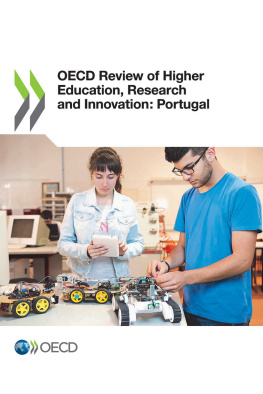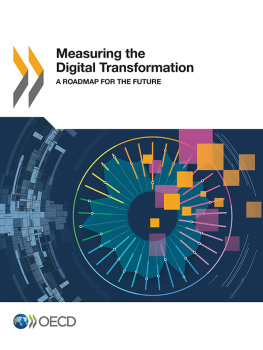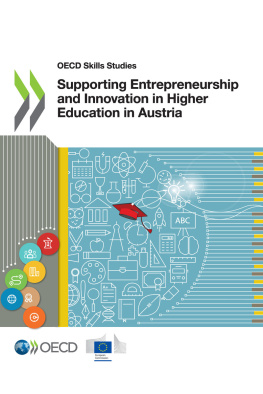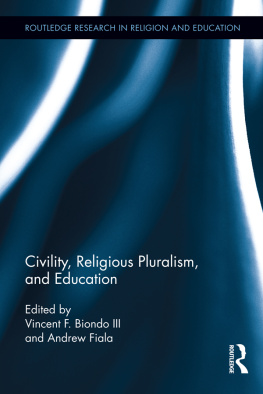S. Vincent-Lancrin - Measuring Innovation in Education 2019
Here you can read online S. Vincent-Lancrin - Measuring Innovation in Education 2019 full text of the book (entire story) in english for free. Download pdf and epub, get meaning, cover and reviews about this ebook. year: 2019, publisher: OECD Publishing, genre: Politics. Description of the work, (preface) as well as reviews are available. Best literature library LitArk.com created for fans of good reading and offers a wide selection of genres:
Romance novel
Science fiction
Adventure
Detective
Science
History
Home and family
Prose
Art
Politics
Computer
Non-fiction
Religion
Business
Children
Humor
Choose a favorite category and find really read worthwhile books. Enjoy immersion in the world of imagination, feel the emotions of the characters or learn something new for yourself, make an fascinating discovery.
Measuring Innovation in Education 2019: summary, description and annotation
We offer to read an annotation, description, summary or preface (depends on what the author of the book "Measuring Innovation in Education 2019" wrote himself). If you haven't found the necessary information about the book — write in the comments, we will try to find it.
Measuring Innovation in Education 2019 — read online for free the complete book (whole text) full work
Below is the text of the book, divided by pages. System saving the place of the last page read, allows you to conveniently read the book "Measuring Innovation in Education 2019" online for free, without having to search again every time where you left off. Put a bookmark, and you can go to the page where you finished reading at any time.
Font size:
Interval:
Bookmark:
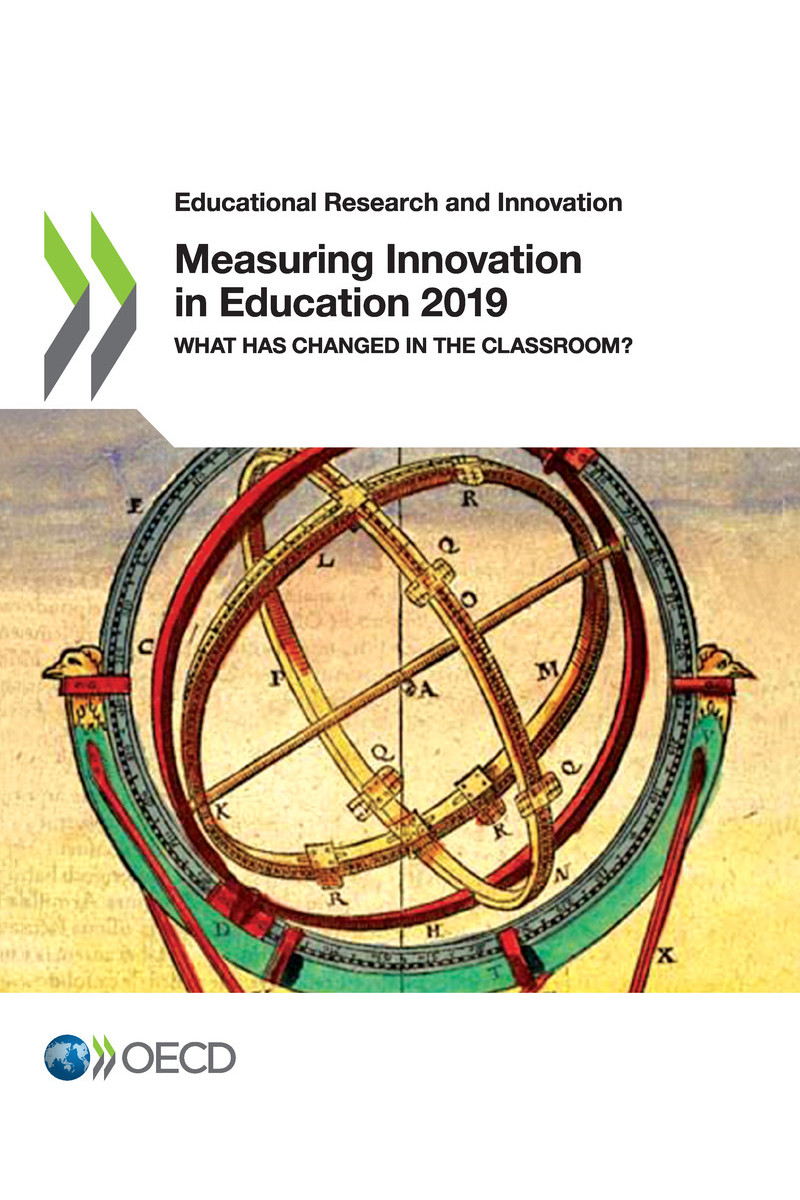
Vincent-Lancrin, S., et al. (2019), Measuring Innovation in Education 2019: What Has Changed in the Classroom? , Educational Research and Innovation, OECD Publishing, Paris.
https://doi.org/10.1787/9789264311671-en
How will education reinvent itself to respond to the megatrends that are shaping the future of our societies and educate learners for their future, rather than our past?
Governments cannot innovate in the classroom, but they can help build and communicate the case for change. They can also play a key role as platform and broker, as stimulator and enabler; they can focus resources, set a facilitative policy climate, and use accountability to allow innovation rather than compliance. To that effect, education policy makers need to develop proper innovation policies, better identify key agents of change, champion them, and find more effective approaches to scaling and disseminating innovation. This includes finding better ways to recognise, reward and give visibility to success, doing whatever is possible to make it easier for innovators to take risks, to encourage the emergence of new ideas but also to monitor change in education systems and be able to link innovations with educational performance.
While it is easy to talk about innovation in education, it is time to engage in the more difficult task to talk about how we actually know where and how innovation is happening, and whether it is effective. While most countries and most companies have innovation policies or departments, innovation remains a marginal policy agenda in most education systems. Even where there is some policy, few systems know whether their efforts have any effectiveness. Policy reform is usually preferred, as a top-down change decision, but many policy reforms change institutions and administrative rules without having impact on what really makes a difference: teaching and learning within the classroom.
Measuring Innovation in Educat i o n is one of the few available tools to make innovation in education visible. This years edition builds on the first issue that was published in 2014 with a wealth of information about what has changed in education systems over the last decade. It aims to initiate debate on how to develop the capacity of our education systems to prepare learners for their future, to sharpen innovation policies in education and better target policy instruments.
In most areas, the prevalence of educational practices varies greatly across countries. There is perhaps more innovation than we might believe, but probably a lot less than what the challenges faced by many systems would require.
Among the educational practices covered by this report, major changes in informal teacher professional development should be highlighted as an encouraging trend. Innovation and improvement requires collaboration, peer learning, including international peer learning. It requires to turn schools into learning organisations. Apparently, this is gradually happening, and thats a great news, even if it happens slowly.
Some of the results should lead us to think more carefully about policy implementation. For example, some countries have invested in major curriculum reforms, but saw little innovation in the classroom.
There is also little evidence that the curriculum emphasis on teaching the skills that will allow students to thrive in a world were innovation is critical have translated into different teaching and learning practices. This is worrisome in a world where artificial intelligence and robotics might transform the role of humans in the productive and social processes.
This report exploits in innovative ways the international studies that countries have engaged in over the past few years, showing the value of countries investments in these surveys. The OECD is committed to do more on this agenda. Our work on developing new measures of innovation in education will continue, taking new innovative approaches, so that countries better understand how to deal effectively with innovation to improve their education systems.
While waiting for the next edition, I strongly encourage readers to browse this book, a few indicators or one chapter at a time, to check how educational practices have evolved within countries, and to reflect on whether they believe this is the right strategic move. The information provided here is indeed a key resource to step back on how students learn and are taught, and to think strategically on the education we want in the future.
Andreas Schleicher
Director for Education and Skills
Special Adviser on Education Policy to the OECD Secretary General
This book was authored by Stphan Vincent-Lancrin, Senior Analyst, Joaqun Urgel, Consultant, Soumyajit Kar, Consultant, and Gwnal Jacotin, Statistician, with the help of Anastasia Andreeva during her internship at the OECD. The project was led and conceptualised by Stphan Vincent-Lancrin, and carried out as part of the work on Innovation in Education of the OECD Centre for Educational Research and Innovation (CERI) within the Directorate for Education and Skills.
Other OECD colleagues made valuable contributions to the project and the book: Carlos Gonzlez-Sancho gave feedback throughout the process, from the inception to the final steps of the book; Judit Pl made a significant input to the design of the graphs; Federico De Luca gave useful feedback on the methodology. Other colleagues also contributed on various aspects of the project. Madeleine Gereke provided invaluable project assistance, Mathias Bouckaert and Quentin Vidal made helpful comments on the drafts, and Rachel Linden coordinated the publication process. Cassandra Davis and Anne-Lise Prigent supervised the publication and communication processes. Florence Gurinot gave useful advice regarding the production of the book. Finally, John Leo Tarver (Atriptyc Communications) prepared the infographics for the country notes.
Font size:
Interval:
Bookmark:
Similar books «Measuring Innovation in Education 2019»
Look at similar books to Measuring Innovation in Education 2019. We have selected literature similar in name and meaning in the hope of providing readers with more options to find new, interesting, not yet read works.
Discussion, reviews of the book Measuring Innovation in Education 2019 and just readers' own opinions. Leave your comments, write what you think about the work, its meaning or the main characters. Specify what exactly you liked and what you didn't like, and why you think so.

